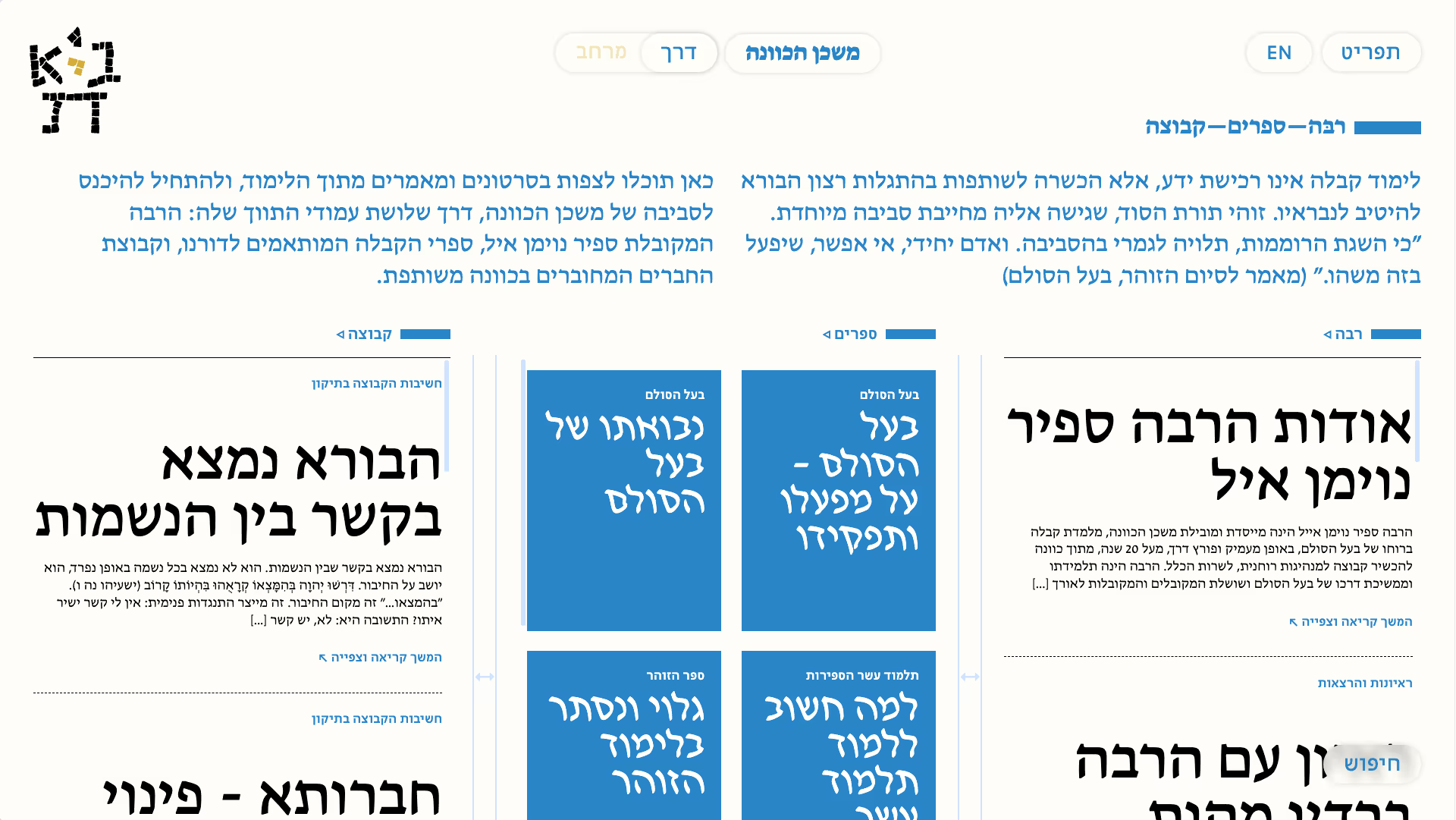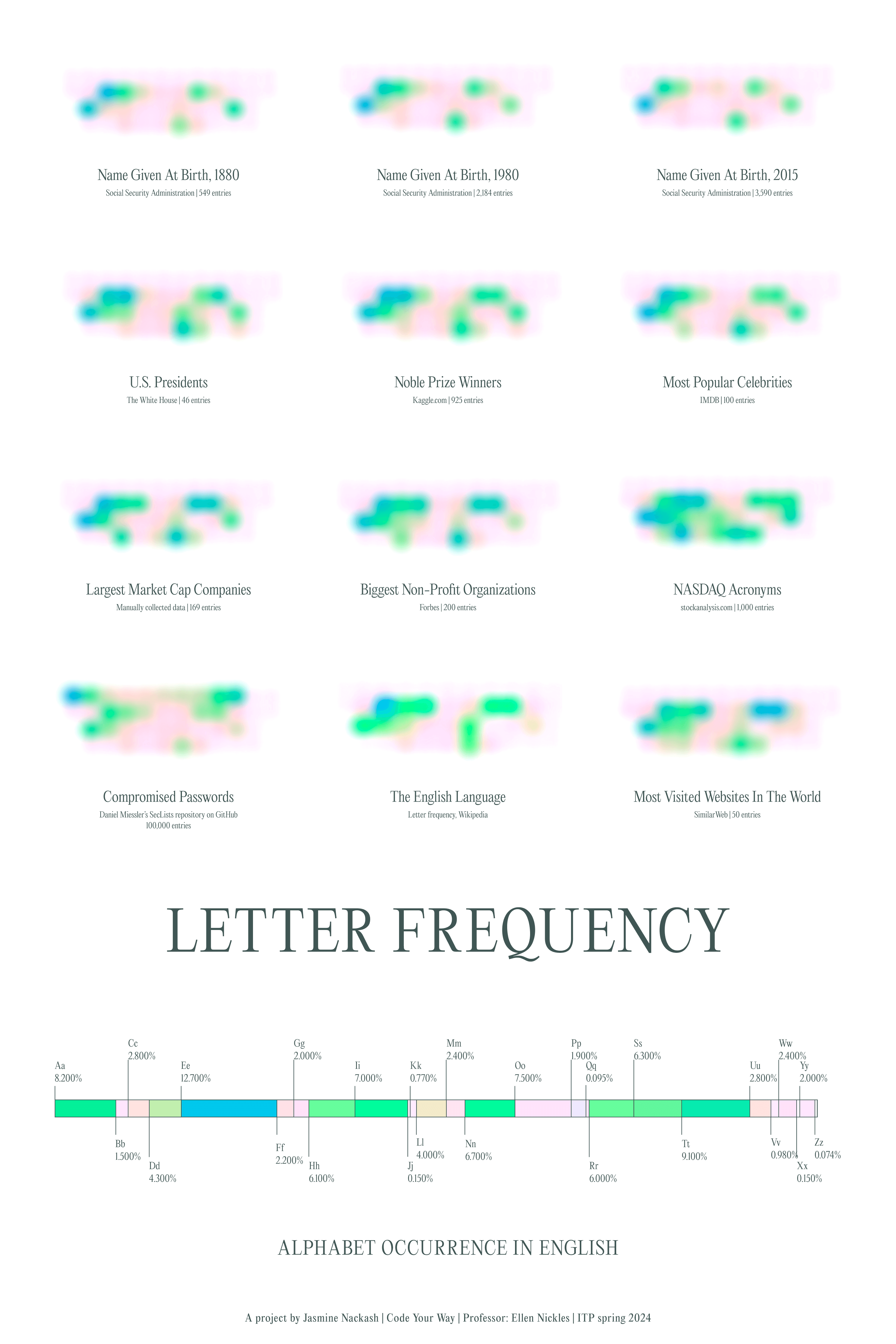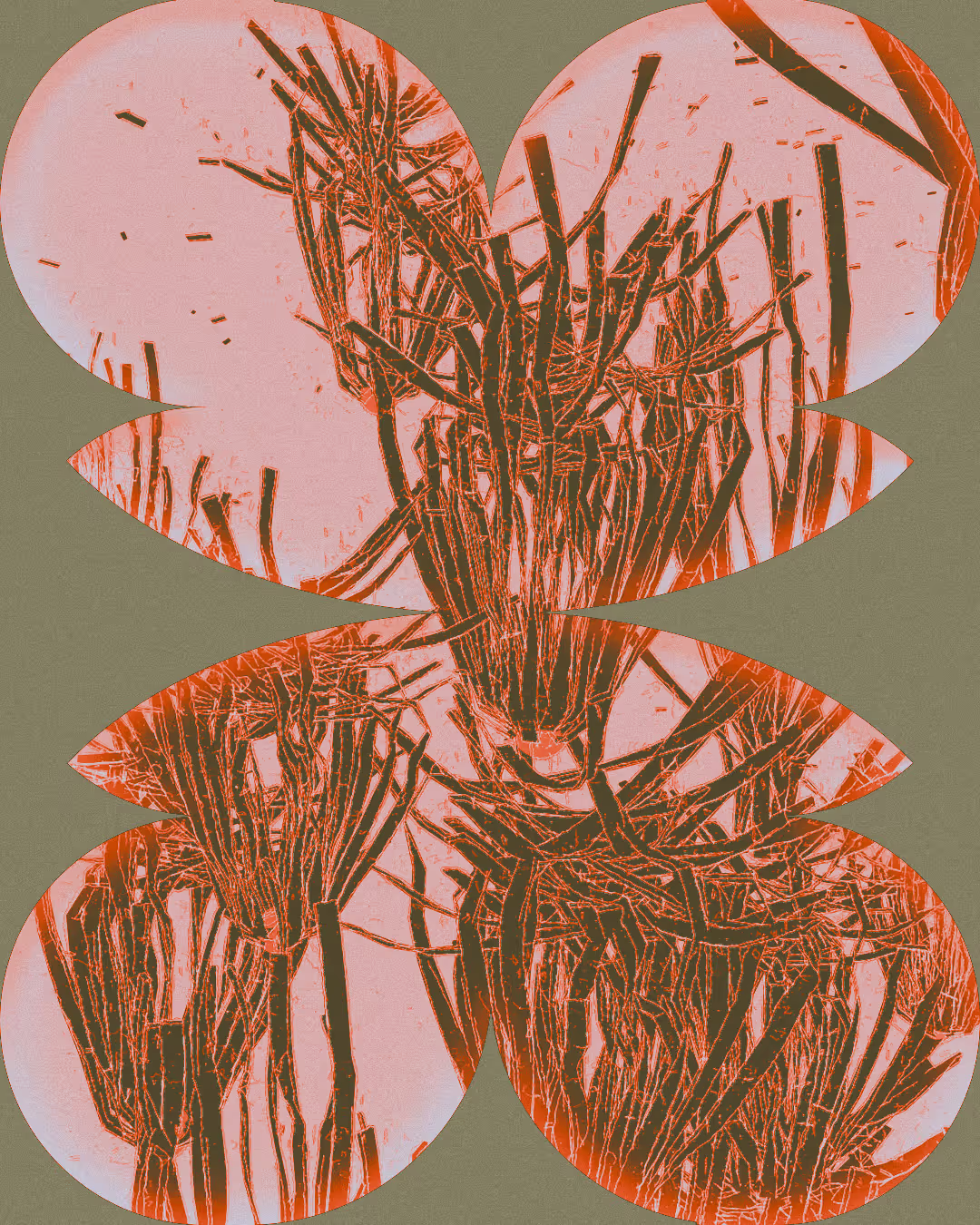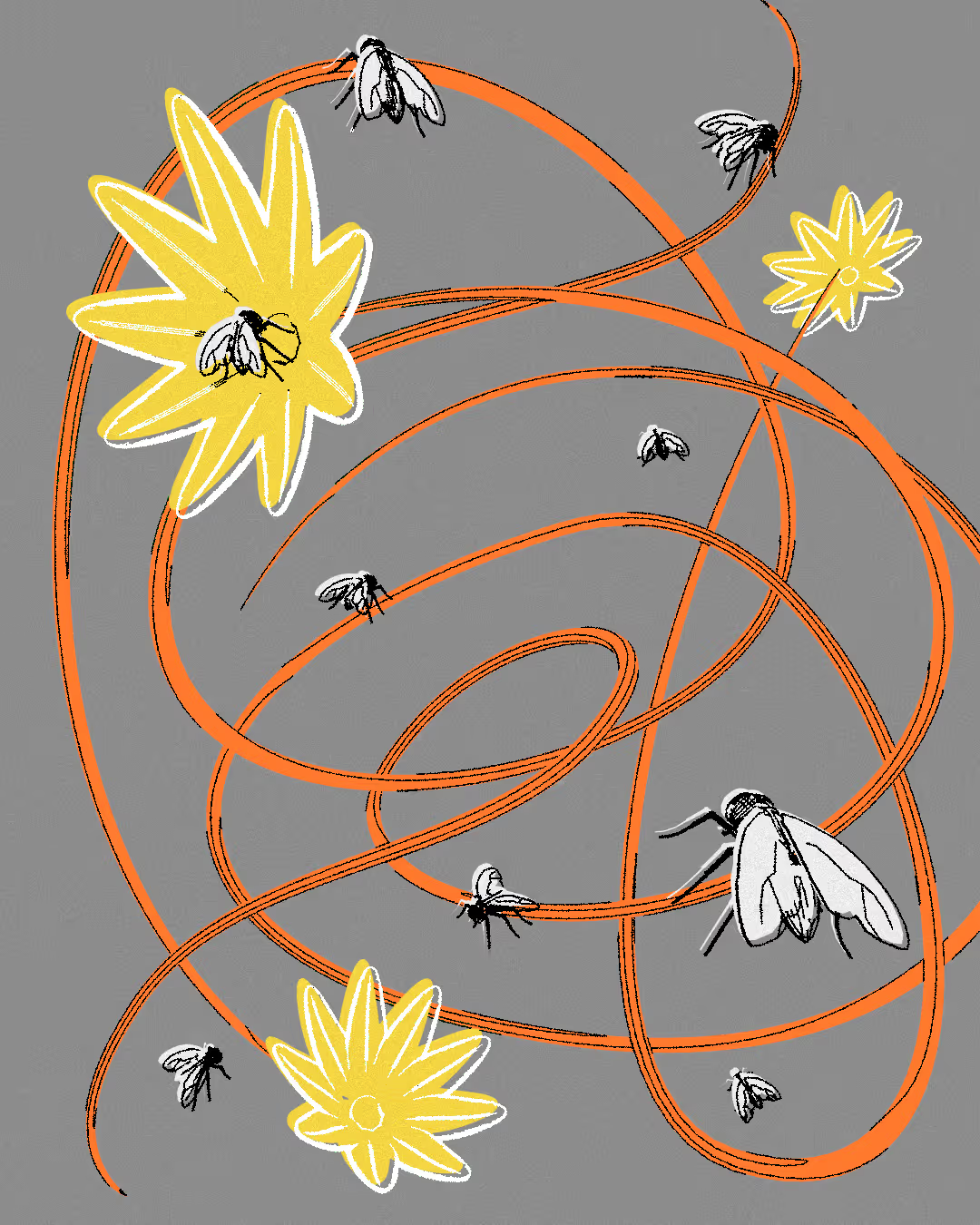Jasmine Nackash is a designer who builds narrative systems that help people make sense of complex information.
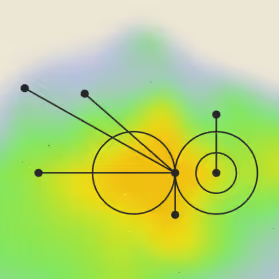

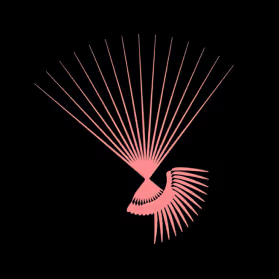

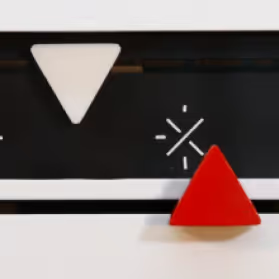


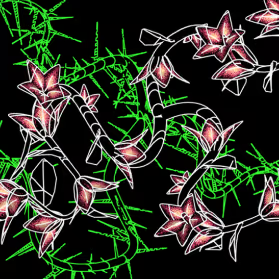
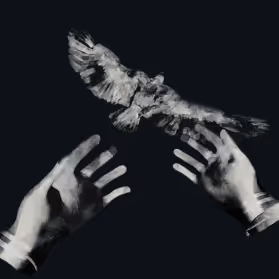

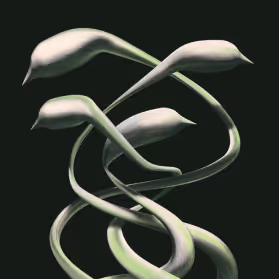

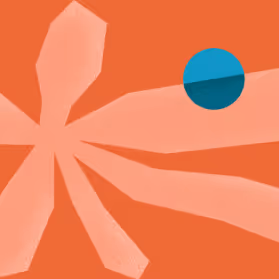
Wiz: brand system
& website redesign
Role: Brand & web designer
2022—2023
Working closely with a strategy and product team, I redesigned Wiz’s visual language and web system — updating typography, color, illustration, components, and page structures to better communicate a complex cyber-security product at enterprise scale.
Iyyun: online journal & editorial platform
Role: Brand & web designer, web developer
2021—2022
I designed and developed Iyyun’s first digital publishing system, creating a bilingual long-term editorial framework that translates a decades-old print journal to the web.
The system was designed to be adaptable, easy to maintain, and supportive of diverse content types while remaining faithful to the journal’s intellectual and typographic spirit.
M.Des in Industrial Design Graduate Archive System
Role: Visual identity, web, print designer, web developer
2021—2024
I designed and developed a reusable bilingual editorial and exhibition system for the M.Des in Industrial Design program at Bezalel Academy of Art and Design, Jerusalem, supporting multiple graduating cohorts over several years.
The framework combines thesis documentation, research terms, and exhibition materials into a consistent structure, with flexible visual identities that adapt annually while maintaining continuity across content, format, and presentation. Design Research Defined / Pathways represent one iteration of this system.

War
Thesis project at ITP, NYU · 2025
"War" is a near real-time physical installation that collects and displays quotes from global news coverage of armed conflict. By stripping away headlines, attribution, and analysis, the project foregrounds the language of war itself — presenting fragments of experience as they appear across competing sources and geographies.
Rather than offering a unified narrative, War accumulates contradictory, unresolved expressions of conflict, prioritizing civilian voices and lived experience. The project invites viewers to reconsider what it means to stay informed during war — and whether understanding sometimes begins not with interpretation, but with listening.
War was presented at NYC Resistor, June 2025.
The Red Line
Independent narrative system · 2024
The Red Line is a real-time physical system that translates ongoing news coverage into a shifting signal of political and social conditions. Drawing on the metaphor of a “red line” — a point of no return — the device evaluates news articles from multiple sources to generate a live meter reflecting the current state of affairs. A movable red marker allows a personal threshold to be set and adjusted over time, making visible how boundaries that once felt fixed can gradually shift.
Rather than offering conclusions, The Red Line externalizes the process of adaptation itself, raising questions about when endurance becomes normalization.
The Red Line was presented at the Williamsburg Art & Historical Center, New York, April–May 2025, and at All St Gallery, New York, November 2025
Mishkan Hakavana: a Home for Kabbalah Studies
Role: Interaction, web developer
2024
I collaborated on the development of a bilingual, content-rich website for Mishkan Hakavana, implementing complex data structures and subtle interaction patterns to support layered, text-based content, and informational materials.
Loanwords
2023
Loanwords is a generative art project that explores how language evolves through cultural exchange. It creates new, made-up words derived from existing loanwords –English terms borrowed from various other languages. The new terms are embodied as dynamic symbols that interact with one another to form ever-changing representations of culture.
Done in collaboration with Michal Shoshan.
Loanwords was presented at ARTECHOUSE NYC, January–April 2025.
Lightroom
2024
Lightroom is a solar-powered camera-like mechanism that captures the passage of time through sunlight and culminates in a series of prints that trace the sun’s intensity and movement throughout the day.
Done in collaboration with Tom Xia.
Letter Frequency
2024
Letter Frequency is a visual exploration of character distribution across different datasets, mapped onto a QWERTY keyboard layout.
Built as an experiment while learning the D3.js data visualization library, the project compares letter-frequency patterns in sources ranging from given names across decades to company acronyms, passwords, and general English usage.
Rather than drawing conclusions, the work explores whether structural patterns emerge when language data is viewed through the physical constraints of a keyboard.
GameHub
Role: brand, web, print designer, web developer
2022–2023
Israel GameHub was a community space and the first incubator for independent game developers in Israel.
It was founded in 2022 with the goal of developing indie games in Israel, encouraging small teams to create computer games with cultural and artistic value.
I led the brand identity and website design, developing a visual language and web presence that supported a small but active creative community and its public-facing initiatives. I also designed all the materials for various shows and events held by the hub.

Poster for Israeli Indie games exhibition.
Animation videos for GameHub's opening event. Monitors courtesy of Analog Front. Jerusalem, March 2022.
15x15
2019
Generated landscapes derived from 15 people's brain waves during 15 minutes alone, doing absolutely nothing, at home.
This project was done by using an EEG sensor feeding live data to Unity, which in turn created a formatted text file that could later be read as keyframes when imported into Adobe After Effects. Changes in the composition layout occur when two or more participants’ brain waves have equal strength.
And Longer than a Century Lasts a Day
2019
Title sequence for a fictional series based on the novel “And Longer than a Century Lasts a Day” written by Chinghiz Aitmatov, 1980.
The novel takes place over the course of a day, which encompasses a rail worker’s endeavor to bury his late friend. Throughout the trek, he recounts his personal history and that of the whole nation.
Electromagnetic Symbols
2018
This project explores alternative ways of representing everyday electrical objects by reducing them to the electromagnetic waves they emit.
Using a custom induction amplifier, I recorded these signals as sound and translated them into generative symbols, creating a visual comparison based solely on otherwise invisible properties.










